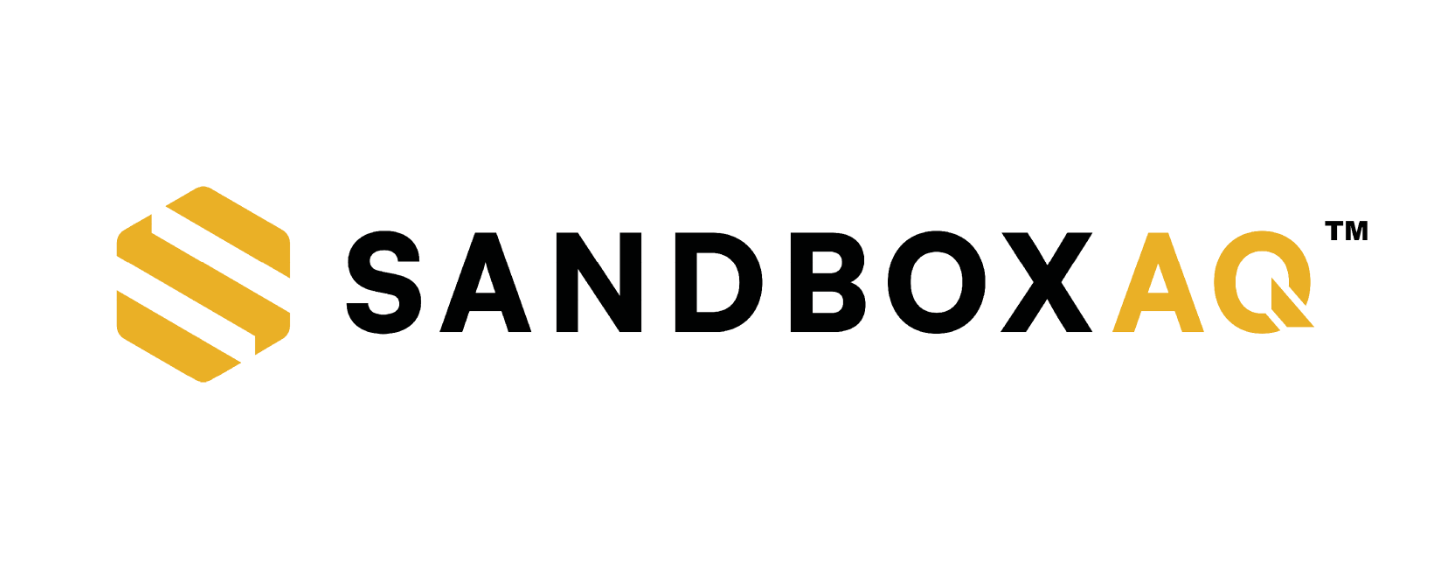Insider Brief
- Jack Hidary, CEO of SandboxAQ, discussed with Peter H. Diamandis how the fusion of AI and quantum computing is revolutionizing drug discovery by enabling the creation of digital twins of drugs and generating billions of molecular permutations, accelerating breakthroughs in diseases like glioblastoma.
- Quantum computing plays a crucial role in generating new data by solving quantum equations, which serve as the foundation for training AI models, surpassing the limitations of traditional AI methods that rely on existing datasets.
- This quantum-driven approach, referred to as Large Quantitative Models (LQM), opens new possibilities in drug development by allowing researchers to explore numerous molecular variations, offering faster and more effective treatments for challenging diseases.
In a recent conversation, Jack Hidary, CEO of SandboxAQ, talked to Peter H. Diamandis — a like-minded entrepreneur and best known for being the founder and chairman of the X PRIZE Foundation and the co-founder and chairman of Singularity University — about how AI and quantum computing together could change the landscape of drug discovery, one which could accelerate breakthroughs in treating devastating diseases like glioblastoma.
Hidary began by saying that the process involves taking the initial drug and creating a digital twin of it, followed by generating millions or even billions of permutations. He noted that this massive scale of simulation, once unimaginable, could be achievable thanks to the power of quantum computing.
The key to this advancement lies in the generation of new data. As Hidary pointed out: “First, there we take the quantum equations, we run those, and that becomes the data set. So, we’re generating our data set, and that’s what we use to train the AI.”

This marks a significant departure from traditional AI methods. Diamandis noted the limitation of large language models in drug discovery: “If you were trying to discover these molecules that are useful in cancer, Alzheimer’s, and so forth, trying to get those with a large language model, the data doesn’t exist in the corpus of data that the large language model is crawling.”
“We’ve now entered the world of large quantitative models — LQM,” Hidary concurred. “And LQM are about starting with equations to generate data.” He underlined the superiority of this method, stating: “That’s the most efficient way to generate data and the most accurate way to generate data is with the equations themselves.”
This quantum-driven approach to data generation opens up possibilities far beyond the limitations of existing datasets. As Hidary put it: “The equations are the bedrock of the universe. They are the fundamentals upon which everything is built and created.”
The implications of this technology are profound. By combining the power of quantum computing with AI, researchers can explore an unprecedented number of molecular variations, potentially leading to faster drug development and more effective treatments for some of the most challenging diseases facing humanity.
The fusion of AI and quantum computing promises could one day unlock treatments for medical conditions that were once thought to be untreatable.


















